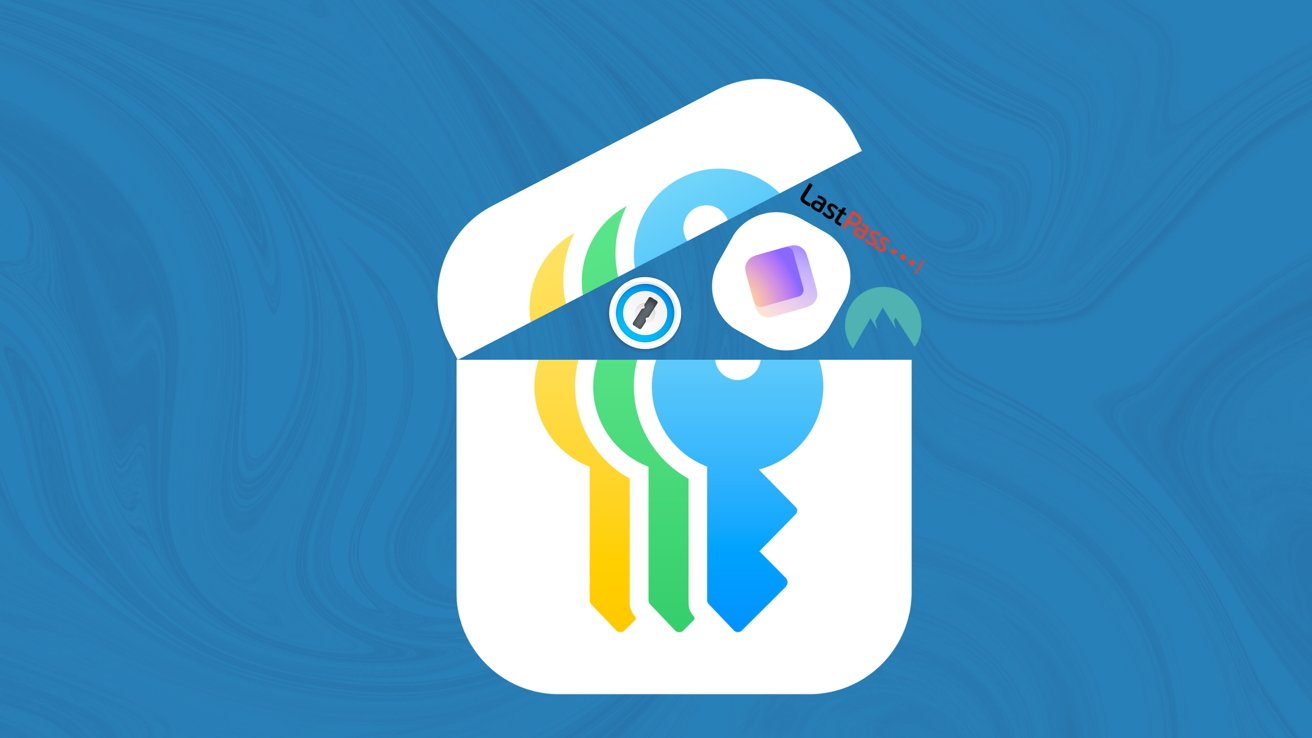With the release of iOS 18 and macOS Sequoia, Apple has introduced a dedicated Passwords app, consolidating the functionalities of the former iCloud Keychain into a more robust and user-friendly platform. This development offers users a centralized location to manage their login credentials across Apple devices. If you’re considering migrating from a third-party password manager to Apple Passwords, this guide will walk you through the process of importing your existing passwords, ensuring a smooth transition.
Understanding Apple Passwords
Apple Passwords is designed primarily for storing login credentials, including usernames and passwords for various websites and applications. It’s important to note that, as of now, the app does not support the storage of other sensitive information such as credit card details, software serial numbers, or secure documents. Therefore, if your current password manager holds such data, you’ll need to find alternative methods to store them securely.
Prerequisites for Importing Passwords
Before initiating the import process, ensure you have access to a Mac running macOS Sequoia. Currently, the import functionality is exclusive to the macOS version of Apple Passwords; iOS and iPadOS versions do not support this feature. Additionally, you’ll need to export your existing passwords from your current password manager in a Comma-Separated Values (.csv) format. Most password managers offer an export feature that allows you to save your credentials as a .csv file.
Step-by-Step Guide to Importing Passwords into Apple Passwords
1. Export Your Passwords from the Current Manager:
– Open your existing password manager.
– Navigate to the export option, typically found in the settings or preferences menu.
– Choose to export your data in .csv format and save the file to a secure location on your Mac.
2. Open Apple Passwords on Your Mac:
– Launch the Apple Passwords app from your Applications folder or via Spotlight search.
3. Initiate the Import Process:
– In the Apple Passwords app, click on the File menu in the top-left corner of the screen.
– Select Import Passwords from the dropdown menu.
4. Select the Exported .csv File:
– Click on Choose File in the import dialog box.
– Navigate to the location where you saved the exported .csv file and select it.
5. Complete the Import:
– Click Import to begin transferring your passwords into Apple Passwords.
– Once the import is complete, the app will display a summary of the imported credentials.
Addressing Import Challenges
During the import process, you may encounter certain issues:
– Unsuccessful Imports: Some passwords might not import correctly. Apple Passwords may not provide specific reasons for these failures. In such cases, it’s advisable to manually enter the affected credentials into the app.
– Incomplete Entries: Imported passwords may lack associated usernames or email addresses. To ensure seamless access, review your entries and add any missing information.
Post-Import Security Measures
After successfully importing your passwords:
– Delete the .csv File: The exported .csv file contains your credentials in plain text, posing a security risk if left on your system. Locate the file and move it to the Trash. For added security, empty the Trash to permanently delete the file.
– Enable iCloud Keychain Syncing: To access your passwords across all your Apple devices, ensure iCloud Keychain is enabled:
– On your Mac:
– Open System Settings.
– Click on your Apple ID at the top.
– Navigate to iCloud > Passwords & Keychain.
– Toggle on Sync this Mac and click Done.
– On your iPhone or iPad:
– Open Settings and tap on your name at the top.
– Select iCloud and tap on Passwords.
– Toggle on Sync this iPhone/iPad.
Alternative Methods for iPhone Users Without a Mac
If you don’t have access to a Mac, importing passwords directly into Apple Passwords becomes challenging, as the import feature is currently unavailable on iOS. However, with the release of iOS 18.2, Apple introduced the ability to import passwords directly into Safari:
1. Export Your Passwords to a .csv File:
– Use your current password manager to export your credentials as a .csv file and save it to your iPhone.
2. Import into Safari:
– Open Settings on your iPhone.
– Scroll down and tap on Safari.
– Under the General section, tap on Import Passwords.
– Select the .csv file you saved and follow the on-screen instructions to complete the import.
Benefits of Using Apple Passwords
Transitioning to Apple Passwords offers several advantages:
– Seamless Integration: Apple Passwords is deeply integrated into the Apple ecosystem, providing a consistent experience across macOS, iOS, and iPadOS.
– Enhanced Security: The app utilizes Apple’s robust security protocols, including end-to-end encryption and biometric authentication, to protect your credentials.
– User-Friendly Interface: Apple Passwords offers an intuitive interface, making it accessible even for users new to password management systems.
Considerations and Limitations
While Apple Passwords provides a solid foundation for password management, there are some limitations to be aware of:
– Limited Data Types: As mentioned earlier, the app currently supports only login credentials. Users requiring storage for other sensitive information may need to continue using third-party solutions.
– Import Functionality Restrictions: The import feature is exclusive to the macOS version of the app. Users without access to a Mac may find it challenging to migrate their existing passwords.
– Potential Import Errors: The import process may not be flawless, with some entries failing to transfer correctly. It’s essential to review your imported data and address any discrepancies manually.
Future Enhancements
Apple is continually evolving its software offerings. Future updates to Apple Passwords may include:
– Support for Additional Data Types: Expanding the app’s capabilities to store credit card information, secure notes, and other sensitive data.
– Enhanced Import/Export Features: Providing more robust import and export options, including support for additional file formats and direct imports from third-party password managers.
– Cross-Platform Compatibility: Extending import functionalities to iOS and iPadOS versions of the app, allowing users without a Mac to migrate their data seamlessly.
Conclusion
Migrating to Apple Passwords from a third-party password manager can streamline your credential management within the Apple ecosystem. By following the steps outlined above, you can ensure a secure and efficient transition. Remember to delete any exported .csv files after the import to maintain the security of your sensitive information. As Apple continues to enhance its Passwords app, users can look forward to more features and improved functionality in the future.



